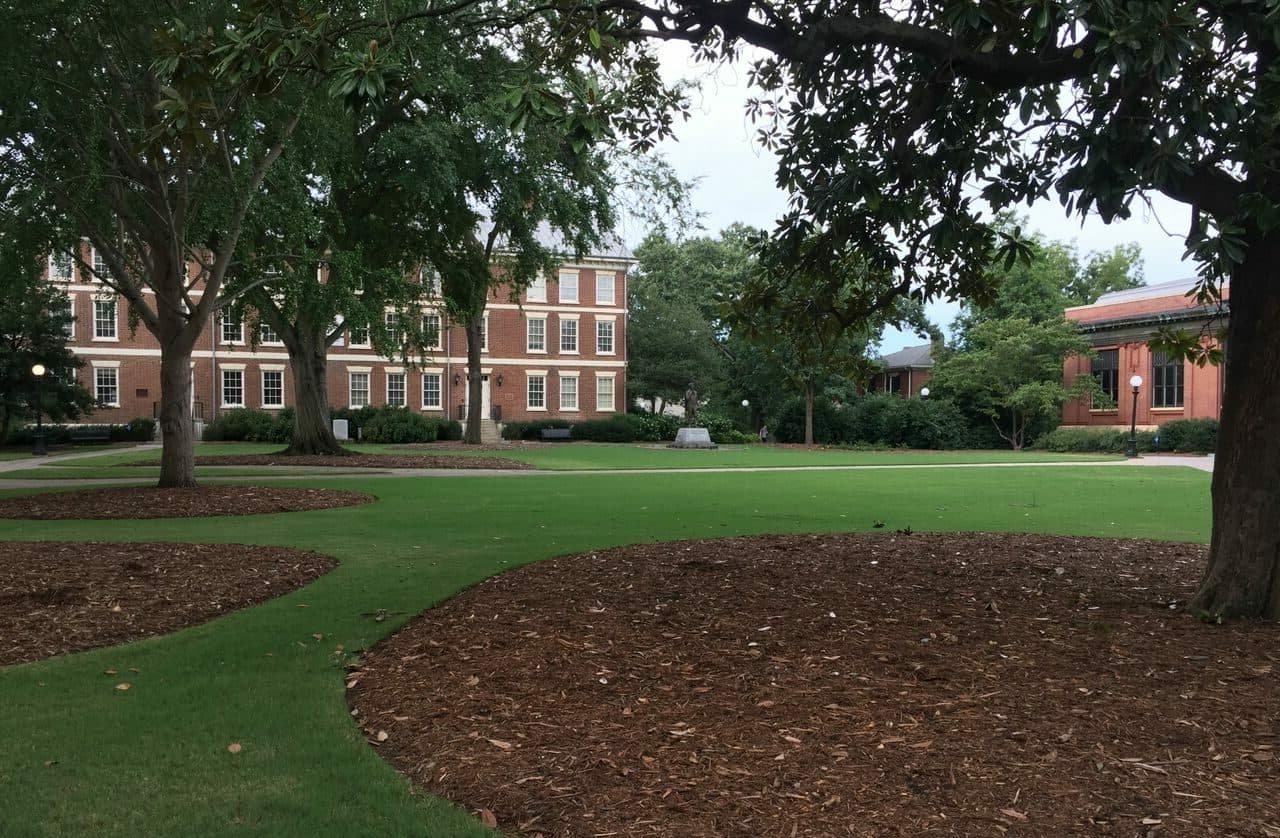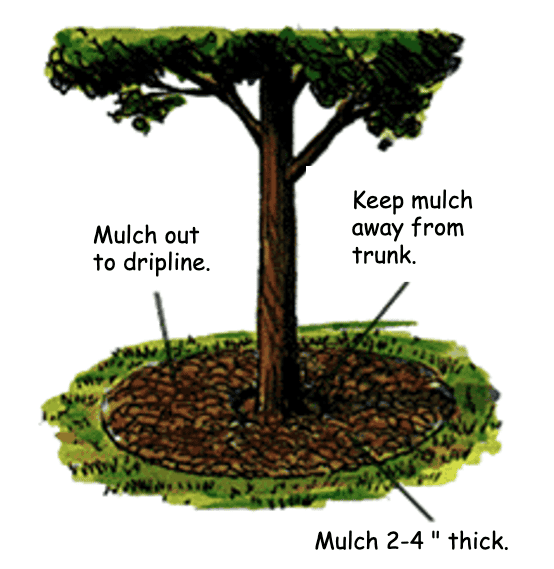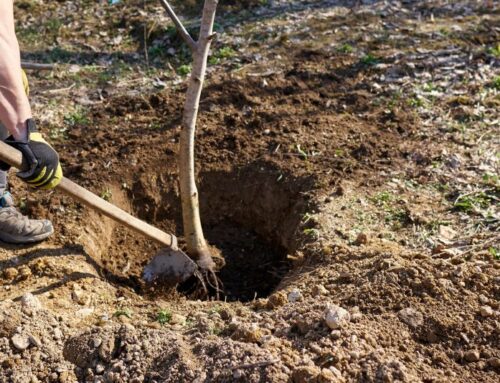Now that fall is here, we're (hopefully) heading toward some cooler months! Want a top tip for fall and winter? Tuck in your trees with a blanket of mulch.
Arbor Mulch, or wood chip mulch, has a bounty of benefits, but there are some concerns about their use.
Are they myths or truths? Let's clear up the confusion!

Mulch Myths Debunked
Myth #1: Mulch Attracts Rodents
FALSE! Unless piled high, rodents aren't drawn to mulch.
WHY? Rodents build homes by tunneling. Try tunneling under a layer of mulch - wood chips keep falling into the hole! Now, if mulch is piled high against trees, fences, and walls, rodents may nest directly in the mulch. Apply mulch in a layer just 2-4" thick, and those pesky rodents won't call it home sweet home!
Myth #2: Mulch Attracts Termites
FALSE! Termites don't feed on mulch unless it's deep and damp.
WHY? Termites require underground or large wooden structures. They're also lazy when it comes to chewing. They prefer soft, damp wood like cardboard and softwood (e.g. pine and spruce lumber). Wood chips contain a mix of wood types and if kept dry, aren't a termite's favorite snack. Some wood types, like redwood and cedar, also have chemical compounds that repel termites.
Myth #3: Mulch Acidifies Soil
FALSE! Mulch has little effect on soil acidity.
WHY? As mulch breaks down, the soil touching the mulch may acidify a bit. But, it's very difficult to completely alter soil acidity. Down where plant roots are, there's no difference. Just don't mix fresh mulch deep into the soil!
Myth #4: Mulch Lowers Soil Nitrogen
FALSE! Mulch has little effect on soil nitrogen.
WHY? Decomposition of mulch temporarily ties up nitrogen, making it unavailable to plants. But this decrease in nitrogen only occurs right below the mulch layer. Deeper down, tree roots still have all the nitrogen and in the long run, nitrogen is released from the mulch. Again, just don't mix mulch throughout the soil!
Myth #5: Mulch Encourages Disease
FALSE! When applied properly, mulch doesn't encourage disease and decay.
WHY? Diseases need the right environment to grow. They like it damp and cool! If mulch is applied in a thin to medium-thick layer away from trees, excessive moisture won't be trapped, and disease can't thrive! To prevent contamination, A Plus discards of mulch chipped from diseased trees.

Mulch is Magical! |
|






